Now that you’ve got your bioethanol fireplace, you may be wondering: how safe is bioethanol fuel actually? It has the word “bio” in it and is made from fermented vegetables, but does that mean it’s actually safe?
Turns out, it is actually one of the safest options out there. Not that you can drink the stuff or rub it on your skin, but as far as burning it goes, you’re in the clear so long as you are buying from a reputable manufacturer. Ethanol does not contain any pollutants, carbon monoxide, and other impurities that wood, gas and other sources of fuel release when being burned.
What Exactly Is Bio-Ethanol?
Bio-Ethanol (or, simply shortened down to “Ethanol”) is made from fermenting vegetables using enzymes that are added in order to convert the sugar they contain into alcohol. The vegetables that are used in the process are most commonly derived from, “wheat, corn, sugar beets, sugar cane, molasses and any sugar or starch from which alcoholic beverages such as whiskey, can be made (such as potato and fruit waste, etc.) (“Biofuel”, Wikipedia).”
But, while the process of creating ethanol is similar to creating alcohol spirits like vodka, whiskey and other “hard” alcohols, it does differ due to the fact that bio-ethanol fuel must be distilled and then dried. The distillation process requires a lot of energy and heat in order to carry out the process. While some manufacturers do rely on natural resources that emit fossil fuels, many companies are taking steps to reduce their footprint as much as possible and “go green”.
In Brazil, for example, they commonly extract the juices of beetroot and convert the sugars to the alcohol. Then they press out all remaining juice from the beetroot and use that to burn in order to create heat and distil the bioethanol fuel. Additionally, many manufacturers in Europe are taking steps to end waste by using the byproducts of the vegetables they ferment as well, and also using wood chips, pellets, etc. instead of sources of energy that creates fossil fuels.
Click here to see our collection of ethanol fuel from recommended brands
How Safe is “Safe” When it Comes to Bio-Ethanol Fuel?
As any smart consumer would be, you still probably have some concerns about the safety of burning ethanol fuel in your home. How safe is it actually? Is there ethanol fireplace carbon monoxide? Is ethanol fireplace fuel safe? Can I breathe in the “smoke” inside? Will it harm me if I have asthma? These are all incredibly valid questions. Here is some more information about ethanol to answer some of those questions and concerns you may have. But, in general, you should be only concerned with 2 main things:
- The physical danger of fire
- Coming in contact with the fuel, especially in the eyes
So, essentially, those are your only problems above so long as you are buying ethanol from the right people who provide you with quality. Most of the time, those who provide you with the best quality fuel are the ones who supplied you with your fireplace. Be sure to shop their catalogs and see what they have in stock. That way you know it is safe for you to use in your home.
In fact, according to Biofuels Association of Australia: “The use of ethanol blended fuels is another vital tool in our fight against climate change and global warming. Ethanol blended fuels can significantly reduce our greenhouse gas emissions over their entire lifecycle, from production through to use in the vehicle. The NGA also states that one liter of ethanol reduces net emissions of CO2 by over 99%, so one liter of ethanol will save approximately 2.3kg of CO2.”
Therefore, the amount of carbon dioxide that is produced from an ethanol burning fireplace is so small that there is no need for concern. The only three things that bioethanol does produce are: 1. Heat 2. Water and 3. Carbon Dioxide. The first two are obviously of no concern, nor is the carbon emission due to the trace amount that is released. Ethanol fireplaces have actually been found to be much
Ethanol fireplaces have actually been found to be much safer than woodburning fireplaces since “the emissions from wood burning stoves [have been connected] with cancer. With ethanol fireplaces, no particles are produced. (“What are the Emissions From Ethanol Fireplaces?”, EthanolFireplaces).
Feel At Ease When Using Ethanol in your Home
In conclusion, bioethanol fuel is a safe fuel to use, especially when compared to standard gas-burning fireplaces and wood-burning fireplaces. It emits no smoke or particles, just trace amounts of carbon dioxide that are no threat to you or your family. If you're looking for an alternative heating option that combines style and function, consider an electric fireplace with mantel for a complete, hassle-free solution.
As always, there is some risk of using a fireplace inside of you home, but this is largely due to the fact that you have a physical fire inside and can be eliminated with common sense (e.g. strategically placing it in your home so it’s safe, creating a barrier so kids can’t reach it). Overall, an ethanol fireplace would be a great addition to any home, and it is sure to reduce your carbon footprint while posing no threat to your health.
Click here to see our collection of ethanol fuel from recommended brands
LEARN MORE ABOUT ETHANOL FIREPLACES:
Regulations of Ethanol Fireplaces
The Easiest Way to Bring Your Old Fireplace Back to Life
How to Build Your Own Bio-Ethanol Fireplace Using Ethanol Burner
What is the Largest Ethanol Fireplace for your Room?
Electronic Ethanol Burners & Fireboxes vs Manual
Expert Review of Ignis Ethanol Fireplaces
BUY YOUR ETHANOL FIREPLACE AT OUR ONLINE STORE:
Wall Mounted Ethanol Fireplaces

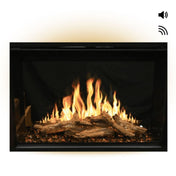
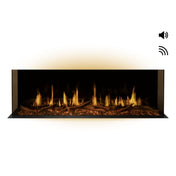
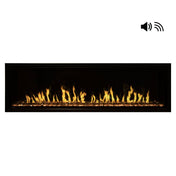
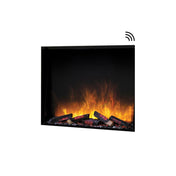

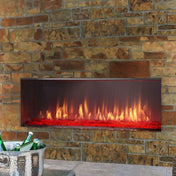
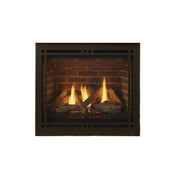
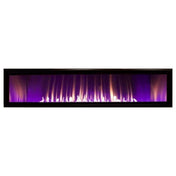
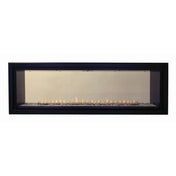
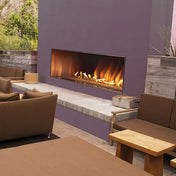
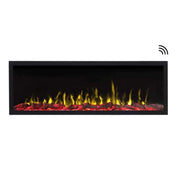




2 comments
Hi, Mary.
We do have a collection of log sets that you can place inside existing hearths/fireplaces. They’re the plug-and-play type and ideally, you’d only need to find the right fit for your hearth or your basket accessory if you already have one.
You can browse our log set/inserts here: https://bit.ly/3TKF14N
Please don’t hesitate to reach us at support@modernblaze.com if you have more questions!
I wish to buy a basket type fire to fit my victorian arch existing fireplace. I am having difficulty finding what I require, do you have any that would suit. Mary